8 Basic Principles Of Underwater Photography
After being immersed in this community for a while now, I think it's time that I spread a little knowledge about how I’ve managed to create the underwater images I have. I can drone on and on about all the technical aspects of diving and creating images but I want to keep this fun and light. So let's dive in shall we.
It’s one thing to snap a picture, but another to take a photograph. The basic rules photography come into play weather your shooting above or below the waterline. Photographing marine life requires a varied and diverse skill set. These basic principles will hopefully aid you in creating more interesting and eye catching images.
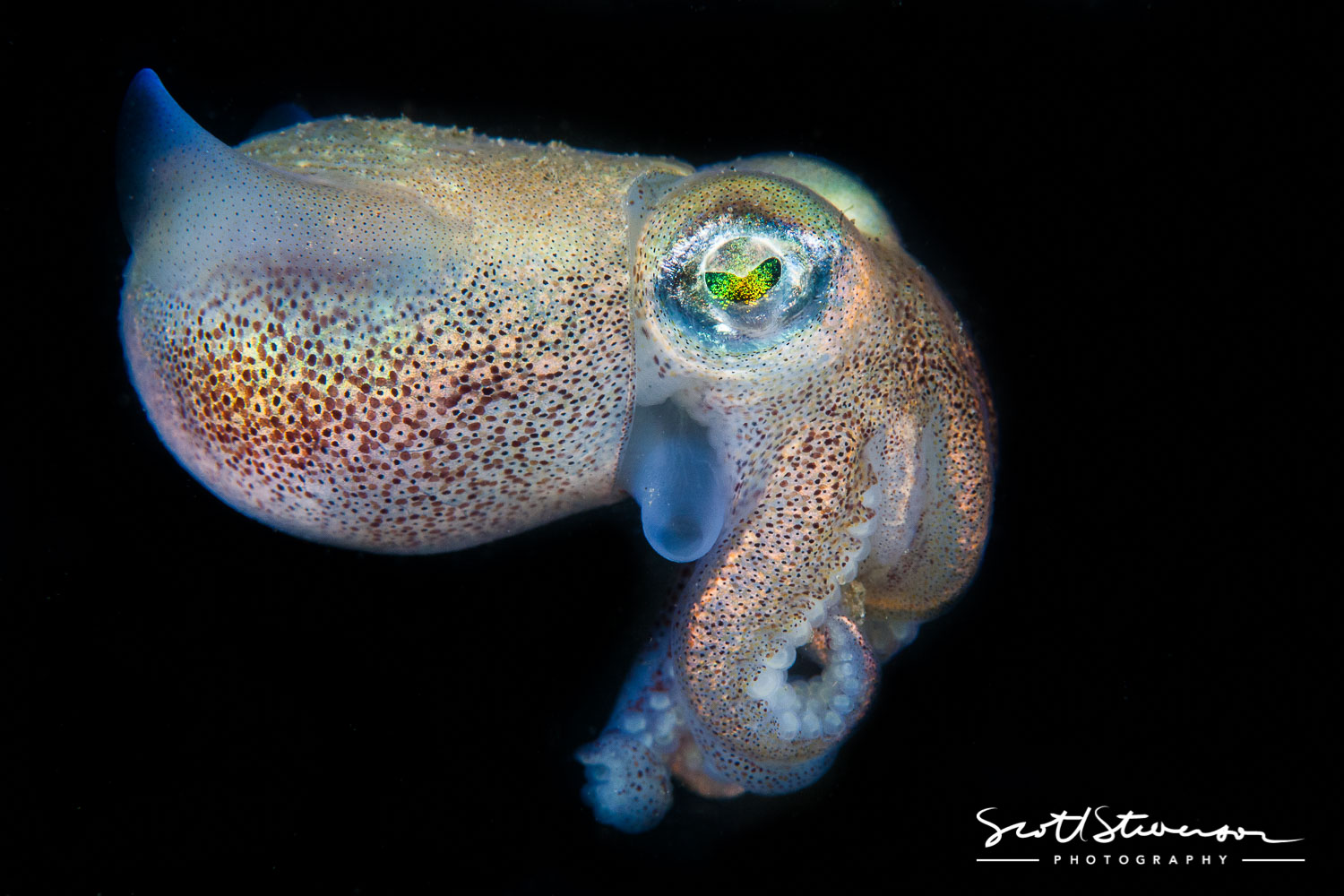
The first step to understanding any kind of photography is get to know your gear, all your gear. I cannot stress enough if this is your first time taking a camera underwater or using a camera, read the camera’s manual as well as any other manuals you might have. The information found inside is very important, despite what you might think.
Over the years, I’ve dove with a lot of different people, some of which were seasoned veterans when it came to land photography. Do yourself a favour and be a good diver first before complicating your life by adding a camera on a dive. Taking the time to hone your diving skills will only make you more comfortable and proficient in the water and is truly the key to being a successful underwater image maker.
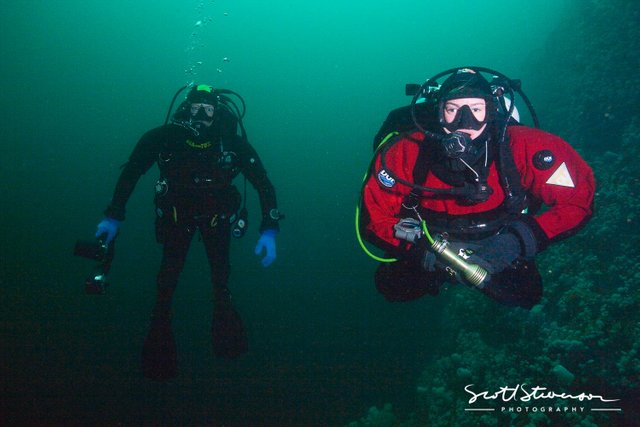 Hone your dive skills, have good buoyancy and be trim in the water.
Hone your dive skills, have good buoyancy and be trim in the water.
Ok, on to the good stuff.
No. 1 - Ask yourself, what do I want?
If it’s your first time with a camera, most divers will blindly click way at everything until they have to come up or their memory cards are full. However once you review your images they may not be up to your expectations. Choose your subject, start by shooting one specific species or scene underwater. Practice on the easy stuff first. Like a starfish - they don’t move all that fast! Once you graduate from starfish then educate yourself on the species that you want to shoot, Learn about its behaviours, best time to see the subject etc., then talk to locals, research it on the web, grab a book. The more you take the time to learn about your subject the better your images will be.
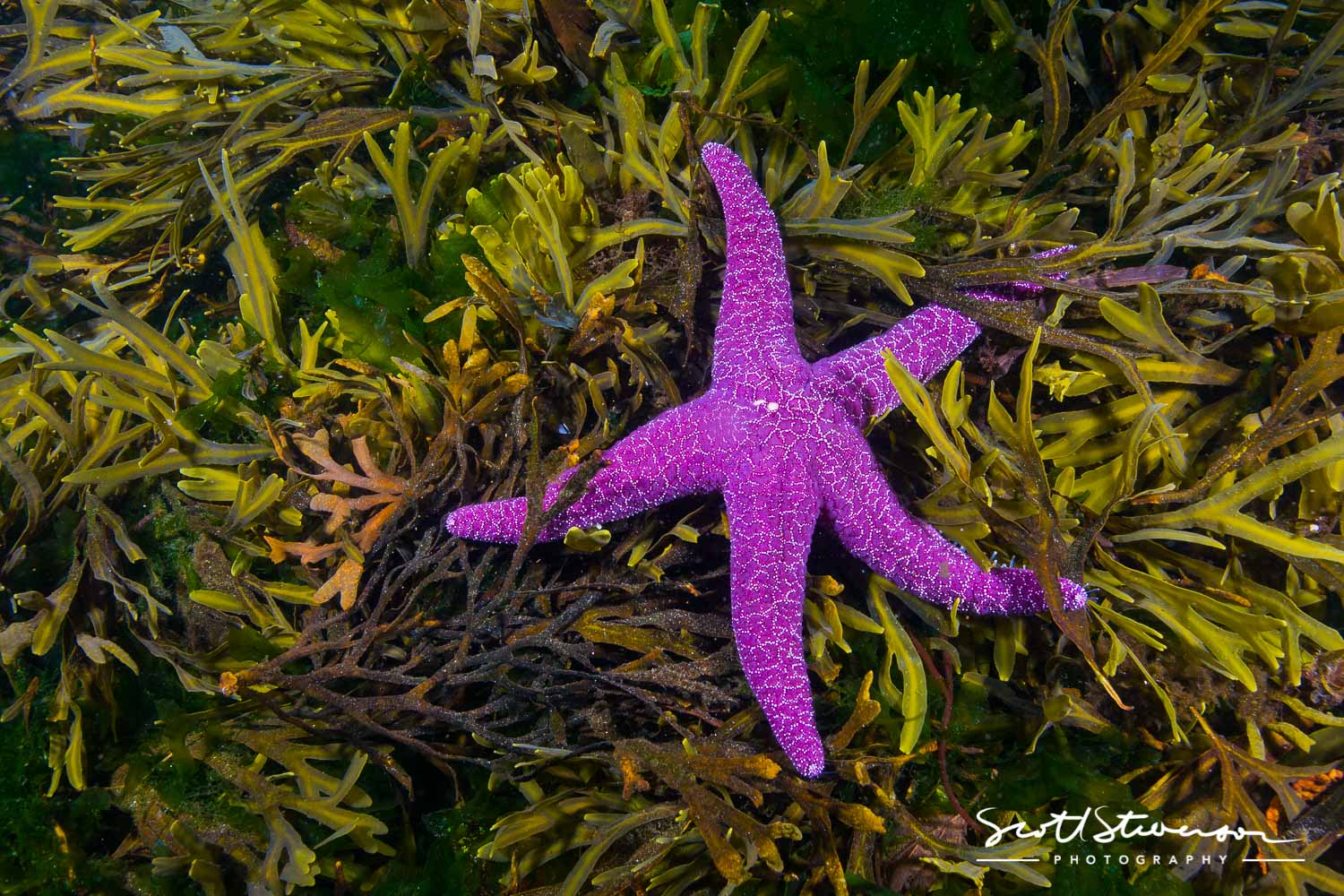
No. 2 - Wait for it...Wait for it…
Have patience and always be prepared. Underwater photography is challenging. To be success as an underwater photographer, you need to have lot of patience. Remember, these aren’t models you can pose or talk to. You need to move around them, this is where the dive skills come in. Also not every dive will have the perfect conditions and the subjects behaviour may not be what you wanted or expected, Don’t get discouraged. Sometimes the best captures are the ones you never expected.
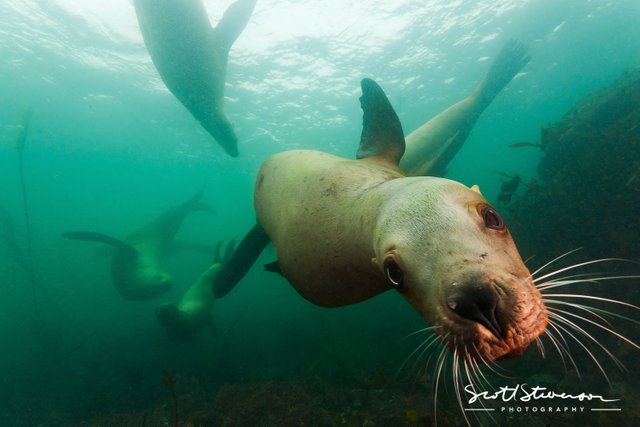
No. 3 - Closer, closer, and even closer (A little tech talk now)
Due to light refraction everything underwear is appears 33% bigger and closer than it actually is. Get close, real close. Water absorbs light very quickly, and as you descend light and colours dissipate rapidly. This is because light reflects off of the surface, scatters off particles in the water and the water absorbs it directly. Unfortunately for underwater photographers this process doesn't happen uniformly which causes images to be filled with backscatter or have a dull colouration to them. Reducing the amount of water between the camera and the subject by moving closer will help produce a sharper, and more colorful image. Additionally, limiting the distance between you and your subject will help reduce amount of particles in the water hence reducing the amount of backscatter. If your like me who spends most of his time shooting in the in the Pacific Northwest this is even more important.
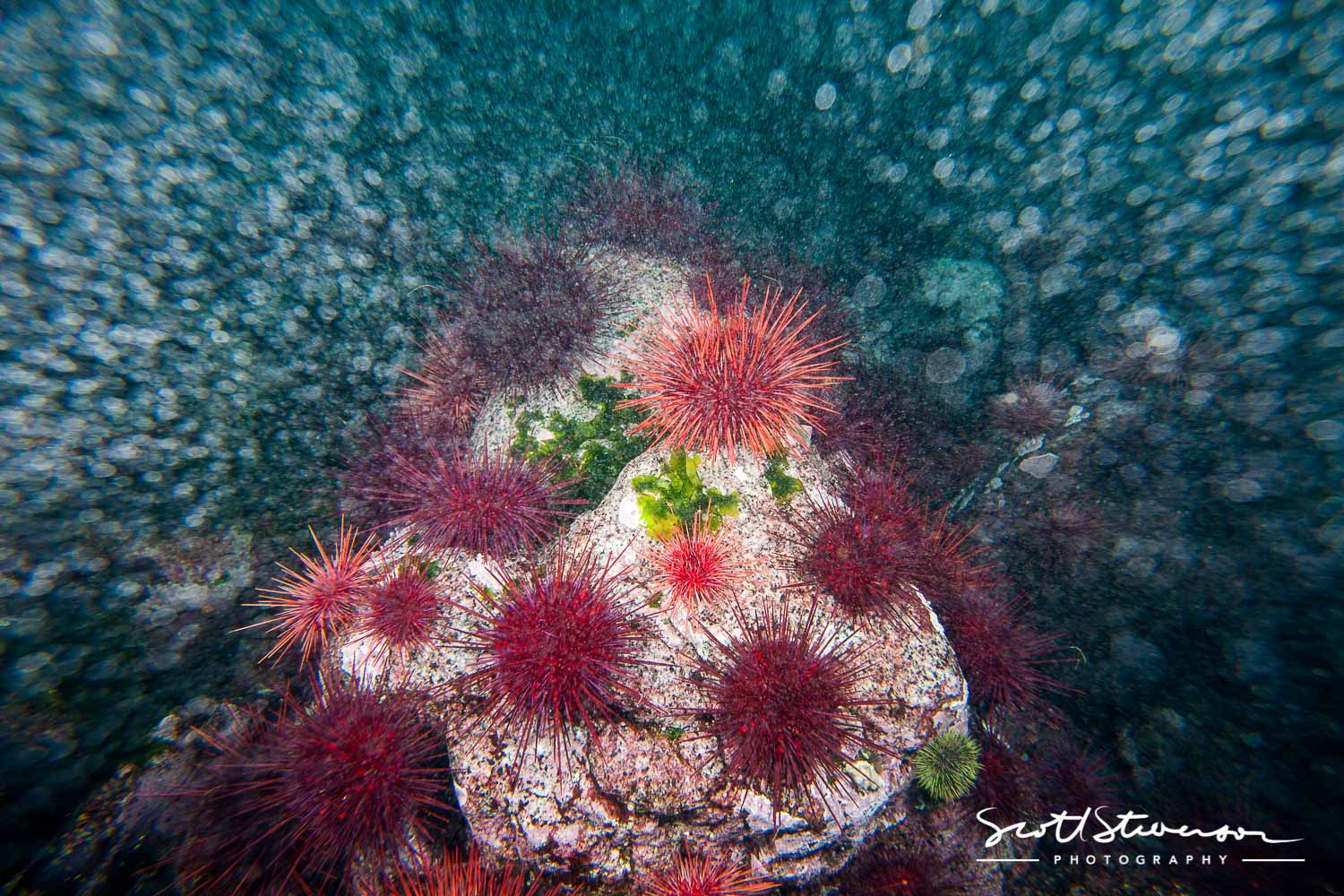 Thats a lot of stuff in the water.
Thats a lot of stuff in the water.
No. 4 - Look Up, Shoot Up
Generally speaking shooting at an upward angle usually can create a better image more eye catching image. Getting below your subject and shooting at an upward angle will help in creating a more colourful, contrasty image. Shooting up also allows for more light which can really help with exposures. If you can’t shoot up or don’t want to shooting downward angles can be more difficult to expose, but can create some very dramatic, impactful images if done right.
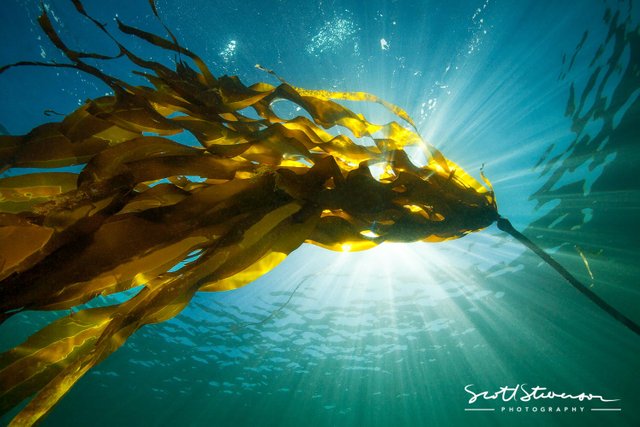
No. 5 - Shoot, Review, Adjust
As someone who has worked as a server and bartender when I’m not underwater, something I learned years ago was "write, recite, review." In photography this can be adjusted slightly to "shoot, review, adjust." You have an LCD screen, use it! Set up, take a shot, review it. If you like it continue on, if not, adjust. Remember don’t just adjust your camera setting, but your body as well. Always think about what your shooting and where you are.
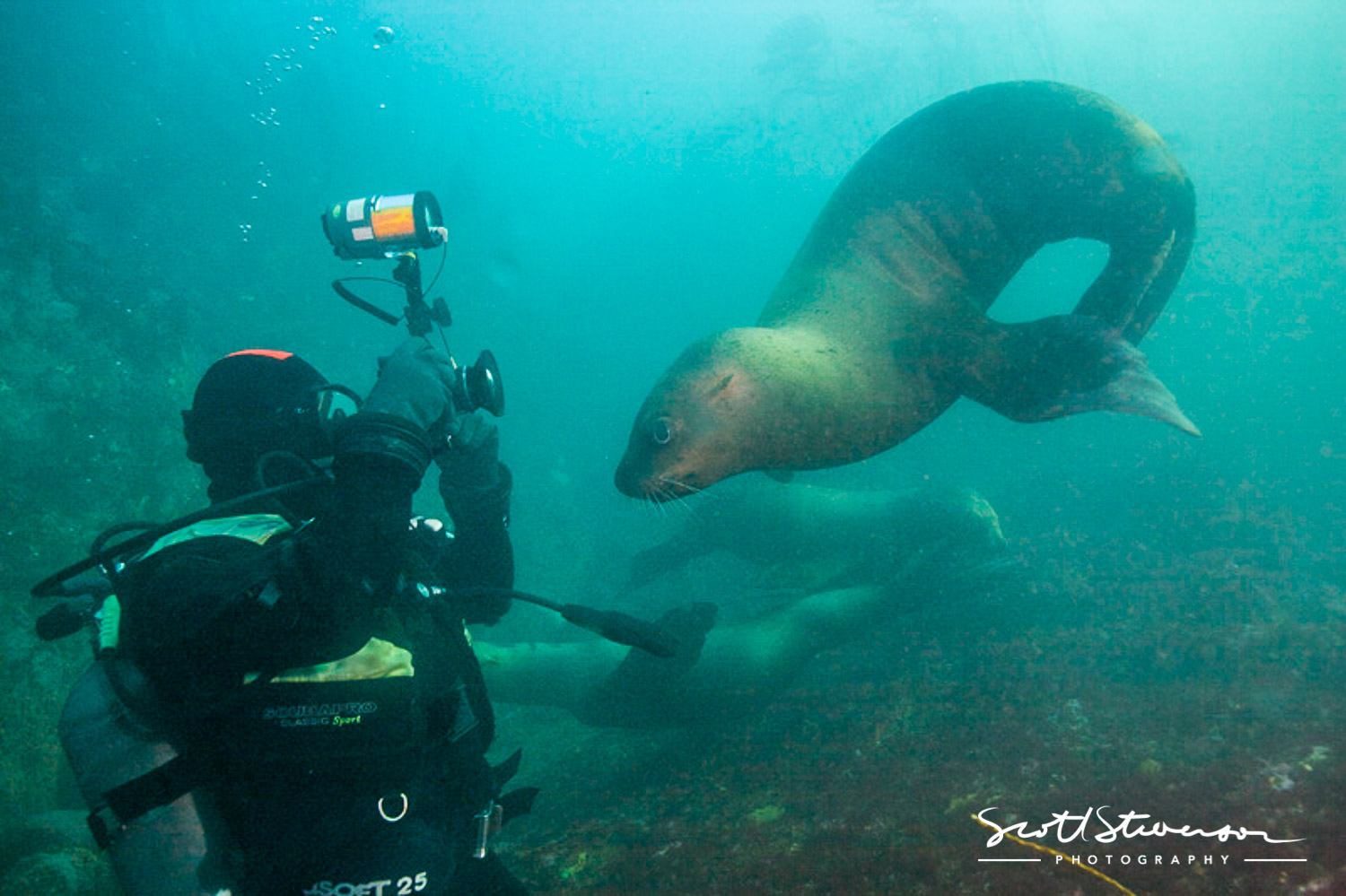
No. 6 - Let there be Light
Yes we want to shoot up to get more light but maybe we need more. Time to add strobes. Since water absorbs light and sucks the colour out of images, the use of strobes is immensely important. Adding light restores colour, create contrast, and help retain image sharpness.
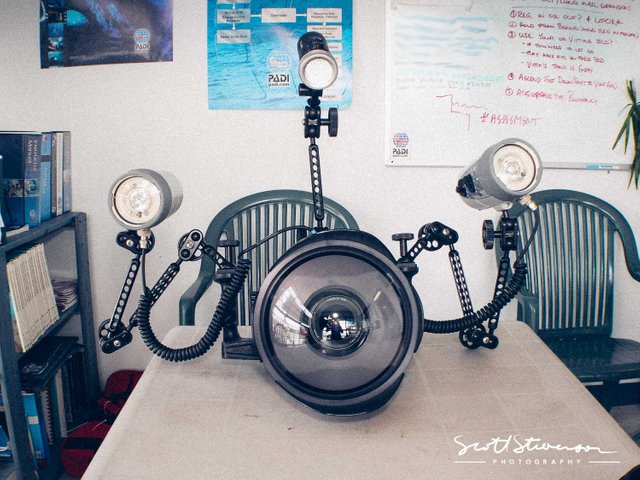 This is my underwater set up. Dome port for wide angle images, duel strobes and a focus light.
This is my underwater set up. Dome port for wide angle images, duel strobes and a focus light.
No. 7 - I got this
Cameras have setting, usually represented by a dial on the top of the camera. If you own an SLR camera you want and have the ability to use all those function. Lets click that button away from AUTO and into MANUAL. To really get the best from your equipment and create striking images, having the ability to control and adjust aperture, shutter speed, auto focus points and ISO will really take your images to the next level.
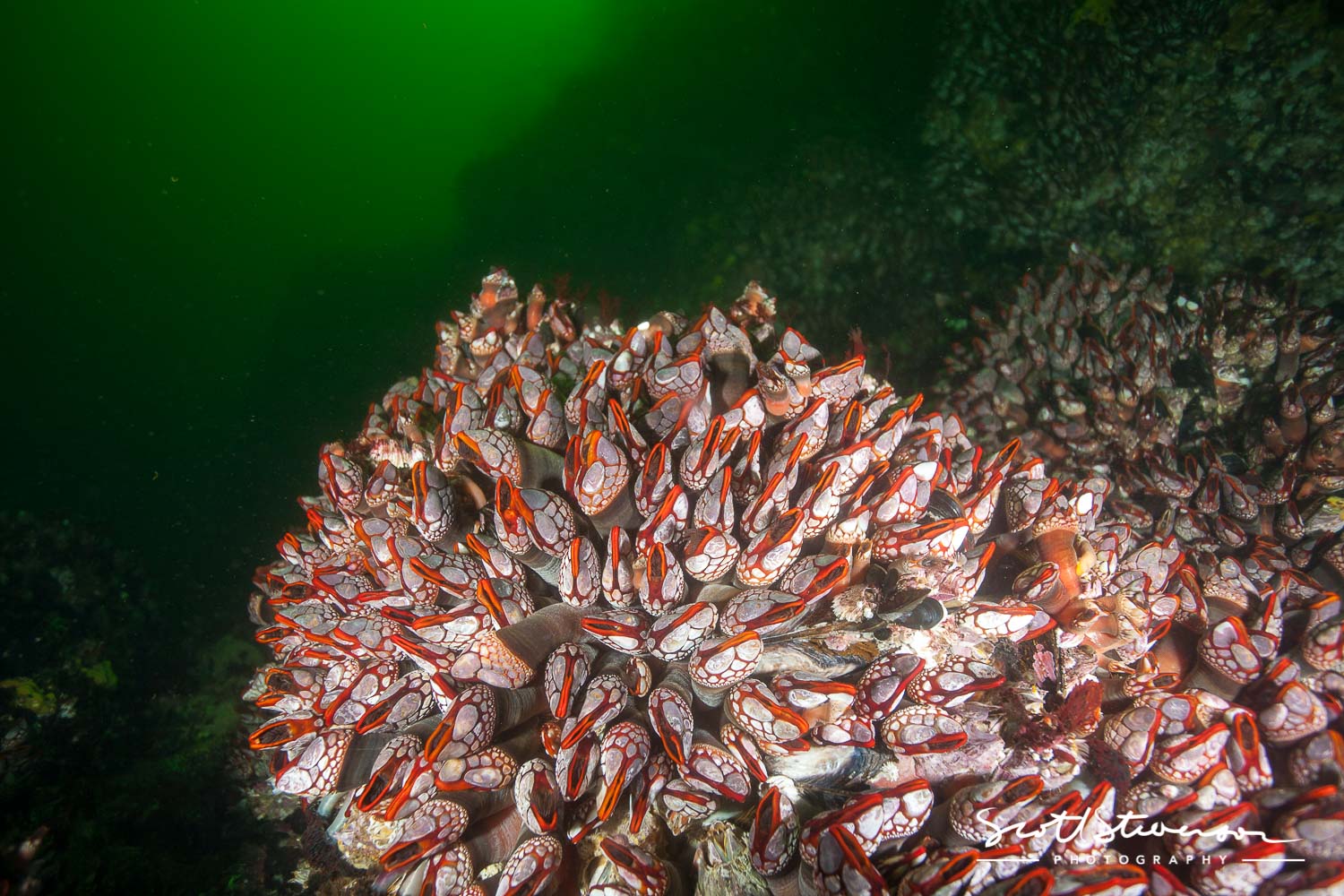
No. 8 - Take only memories, leave only bubbles
Respecting the ocean and all that live their. Never harass or touch marine life. You may not realize the damage inflicted from even minor touching. Be patient, be a good skilled diver, set the example for those diving with you and those that come after you.
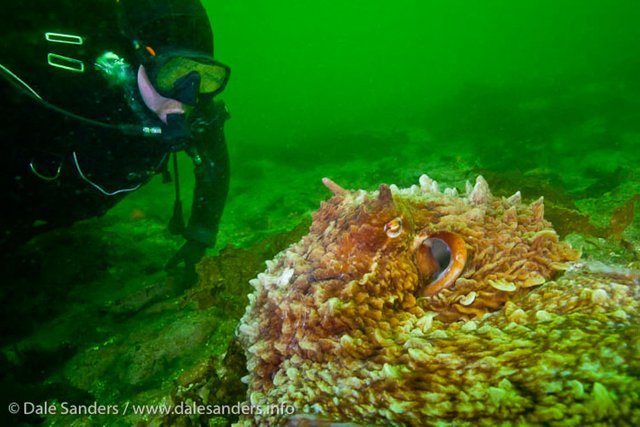 Me with a Giant Pacific Octopus. Always give credit, if your creating images and sharing them, water mark your images and if someone take a picture of you. Make sure they get the credit.
Me with a Giant Pacific Octopus. Always give credit, if your creating images and sharing them, water mark your images and if someone take a picture of you. Make sure they get the credit.
Thanks for reading and if you have any questions please let me know. I’m happy to provide more information if anyone is interested.
Scott
For more stories and images - http://www.scottstevensonphotography.ca/
Cut :D
I love your punny start! I am fond of being near the ocean, but not on or in it; I start to feel claustrophobic. I do, however, find the sea creatures fascinating - especially with the beautiful colors your photography captures. Great work - thanks for sharing your knowledge and fruit of your labors with us.
A really cool article, and with beautiful photos to match. What do you shoot on, and how much do you think that you depend on your gear for getting the shots you want? Also, do you draw any inspiration from NatGeo photographer Paul Nicklen? Your sea lion shots remind me greatly of some of his, and they are a perspective I absolutely love.
I shot with a canon camera and lens. My gear for diving is very different from my gear when I was teaching diving. Over the years I streamlined my equipment in every way depending on where I'm going, the conditions I'll be diving in and what animals I'll be shooting. Gear is a tool and aids in the vision that you have of a scene or a shot you want to create. Understand and learning your equipment is a must to get to a point where you are totally comfortable in the water and then able to just shot uninhibited.
As for Paul, he is an idol and an inspiration to me. I have been on several trips with him and we have dove together before. He is a genius when it comes to underwater image making. I grew up with Nat Geo and always wanted to be published in the mag, but I still haven't made it. I'm lucky and have had the honour of being in other publications around the world. Thanks for all the questions.
Wow. That is absolutely incredible. Paul was in Homer (My hometown) a few years back doing a report on a massive otter dieoff, and I really wish I could have met him then, as he is someone I greatly admire also. Thanks for the awesome reply. @scottdphoto
Wow realy Nice pic. I wich i had Your knowledge when i whas diving in the Bahamas.
Diving in the Bahamas is great, I dove there a number of times.
So much awesome packed into one post! It was interesting to see the underwater casing you used. How long have you been diving and also shooting underwater?
I received my first diving certification in 1996 and went from there. A few years after that I became a recreational instructor, technical diver and rebreather diver. I started taking pictures underwater for my students which I started doing in the early 2000's.
I find it quite interesting how the light 'restores the colour' of your subject.
Also I think you should check out @VonWong if you haven't already. He's a fellow Canadian who did an amazing underwater shoot with models and a crew. He started up a steemit page a couple weeks ago (As did I).
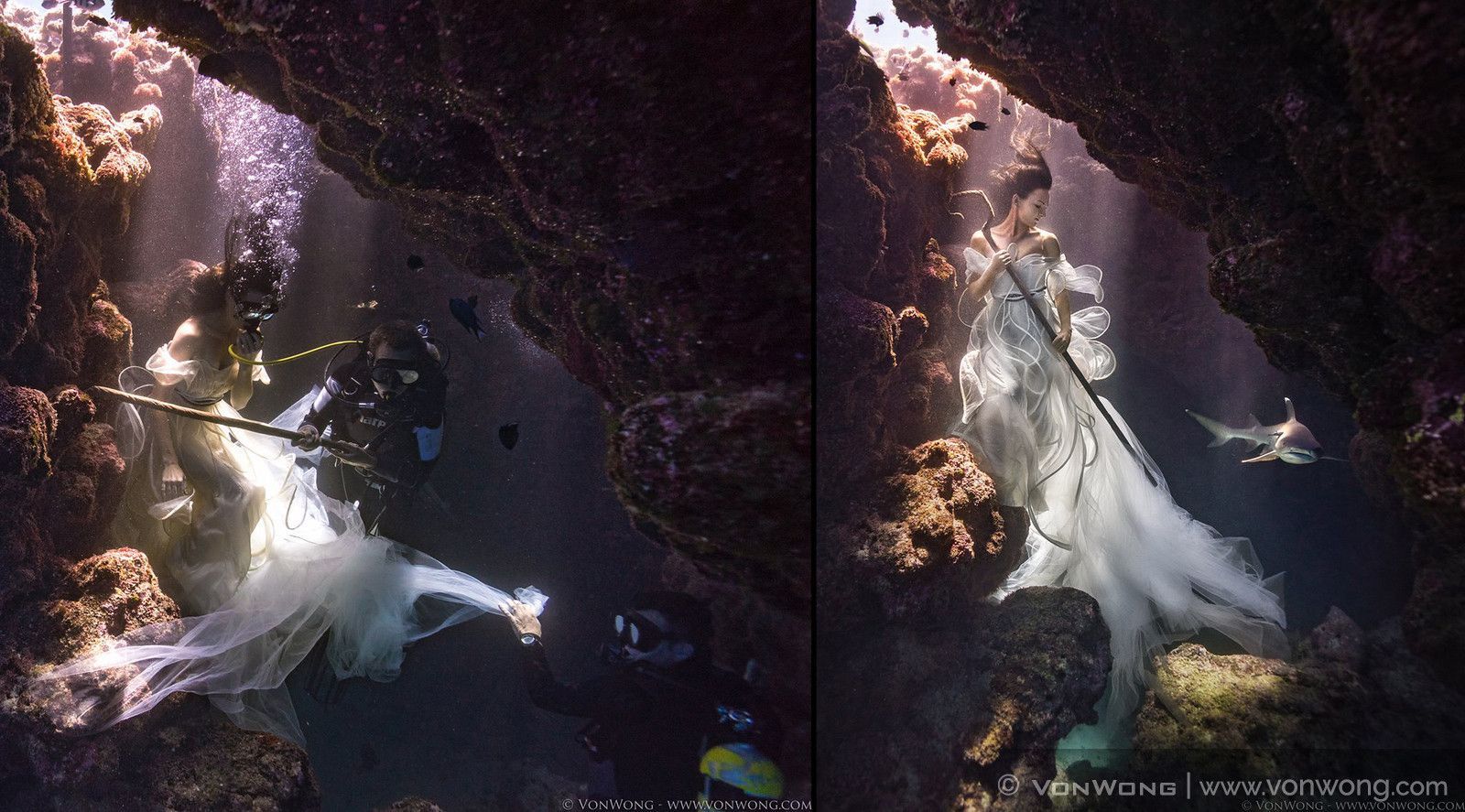
https://steemit.com/@vonwong
Great work as always @scottdphoto
Thanks for the suggestion, I will check out his work.
Awesome post. I enjoy taking pictures (and have posted a few) just havent be able to find the time to be patient as much anymore. Any recommendations for additional reads on shooting better photos? (both underwater and above)
For insiration I spend a decent amount of time on 500px. There are some very talented people from all over the world on that site.
https://500px.com/
Has for gaining more knowledge some free sites are Wetpixel http://wetpixel.com/ and Divephotoguide http://www.divephotoguide.com/ for underwater stuff and on land I've used a ton of differnet sites - Strobist http://strobist.blogspot.ca/ , Petapixel https://petapixel.com/ and on Youtube I use phlearn https://phlearn.com/
Hope this helps, happy shooting.
Thanks. Much appreciated.
Underwater photography is the next level of HARD
I wanted to give love to this post. (a heart-shaped seaweed I snap while the tide is low, in Moalboal, CEBU, Philippines)
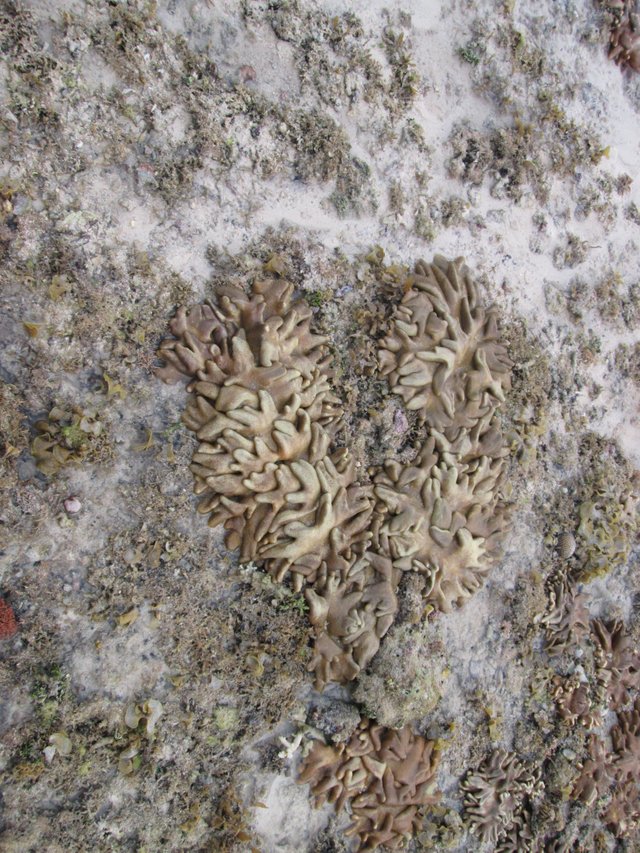 .
.
Keep it coming!
I am terrified of being under water. The vast unknown of the oceanic abyss frightens me so much, but I am still so wildly intrigued. That first image (octopus?) is so freaking gorgeous, and I love looking at it, and I think how I would piss my pants hundreds of feet below the surface of the ocean and realize I would never do it. Ha! Call me a sissy, but I'll enjoy the views from my laptop! Keep up the great work, and I admire your courage and dedication to this art of photography!